Monumental Triumphal arches in the world are large monuments having at least one arching passageway that are constructed to honor a notable individual or to remember a memorable occasion. Although numerous countries have constructed triumphal arches, the Romans are credited with beginning the tradition. It is unknown when the Romans initially started constructing triumphal arches, but after the custom gained popularity, they produced numerous, ornate Roman arches.
List of Monumental Triumphal Arches in the world
1. Triumphal Arch of Orange
To honor the Gallic War heroes, the monumental Triumphal Arch of Orange in France was constructed under the reign of Augustus on the original route Agrippa. Emperor Tiberius afterwards had it rebuilt to commemorate Germanicus’ triumphs over the Germanic tribes. An inscription from 27 AD honoring Emperor Tiberius is located atop the arch.
2. Arch of Caracalla at Volubilis
Ancient Volubilis was a significant Roman settlement located close to the westernmost frontier of Roman conquests in modern-day Morocco. In 211 AD, the Emperor Caracalla and his mother, Julia Domna, were honored with the construction of the marble Arch of Caracalla, which stands in the center of Volubilis.
The arch, which has Corinthian columns and is topped by a bronze chariot, is still a striking structure.
3. Gateway To India
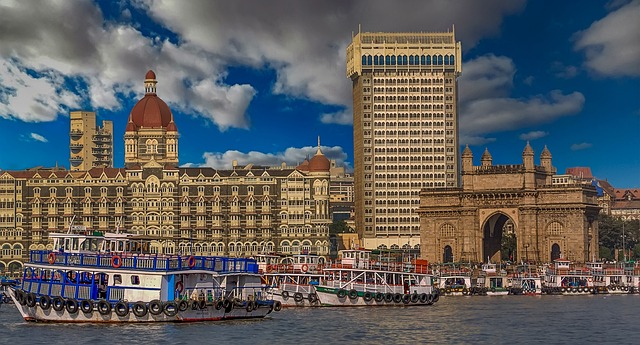
King George V and Queen Mary’s visit to Mumbai is commemorated by the construction of the Gateway of India. The Gateway opened in 1913, 13 years after construction began. Hindu and Muslim architectural styles are combined in its design; the ornamentation are in Hindu style, while the arch is in Muslim style. On February 28, 1948, there was a ceremony where the last British troops to depart India passed through the Gateway.
4. Arch of Caracalla at Djemila
Djemila, which is today part of Algeria, was known as Cuicul when it was constructed by the Romans in the first century AD. A colony of soldiers first settled in the city, which later expanded to become a sizable trade settlement. A new forum was built under Emperor Caracalla’s rule.
In 216 AD, he and his parents Julia Domna and Severe Septime were each given an arch. When the Duc d’Orleans passed away three years later, the project to disassemble the Arch of Caracalla and bring it to Paris was abandoned. In 1922, the arch underwent reconstruction.
5. Patuxai
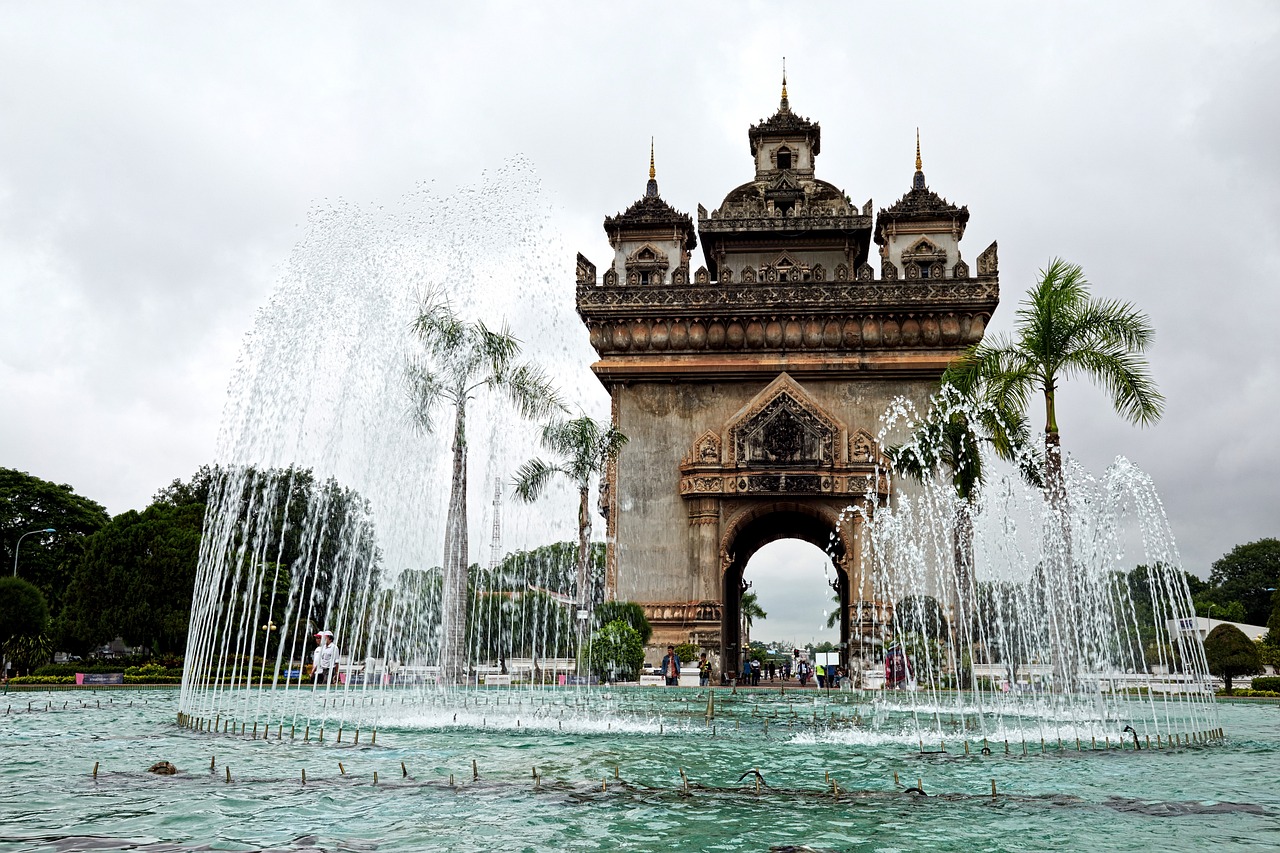
A memorial to those who perished in the fight for independence from France called Patuxai is located in the heart of Vientiane, Laos. It was constructed from 1957 to 1968. The monument includes five towers, each of which stands for one of the five guiding principles for international peace. The five Buddhist principles of “thoughtful amiability, flexibility, honesty, honor, and prosperity” are also represented by them.
6. Arch of Septimius Severus
Roman Emperor Lucius Septimius Severus was born in Leptis Magna, which is now in modern-day Libya. He ruled from 193 until his death in 211. Although the exact date of building of the Arch of Septimius Severus cannot be determined, it is most likely that it began soon after their fellow Lepcis residents were crowned emperor.
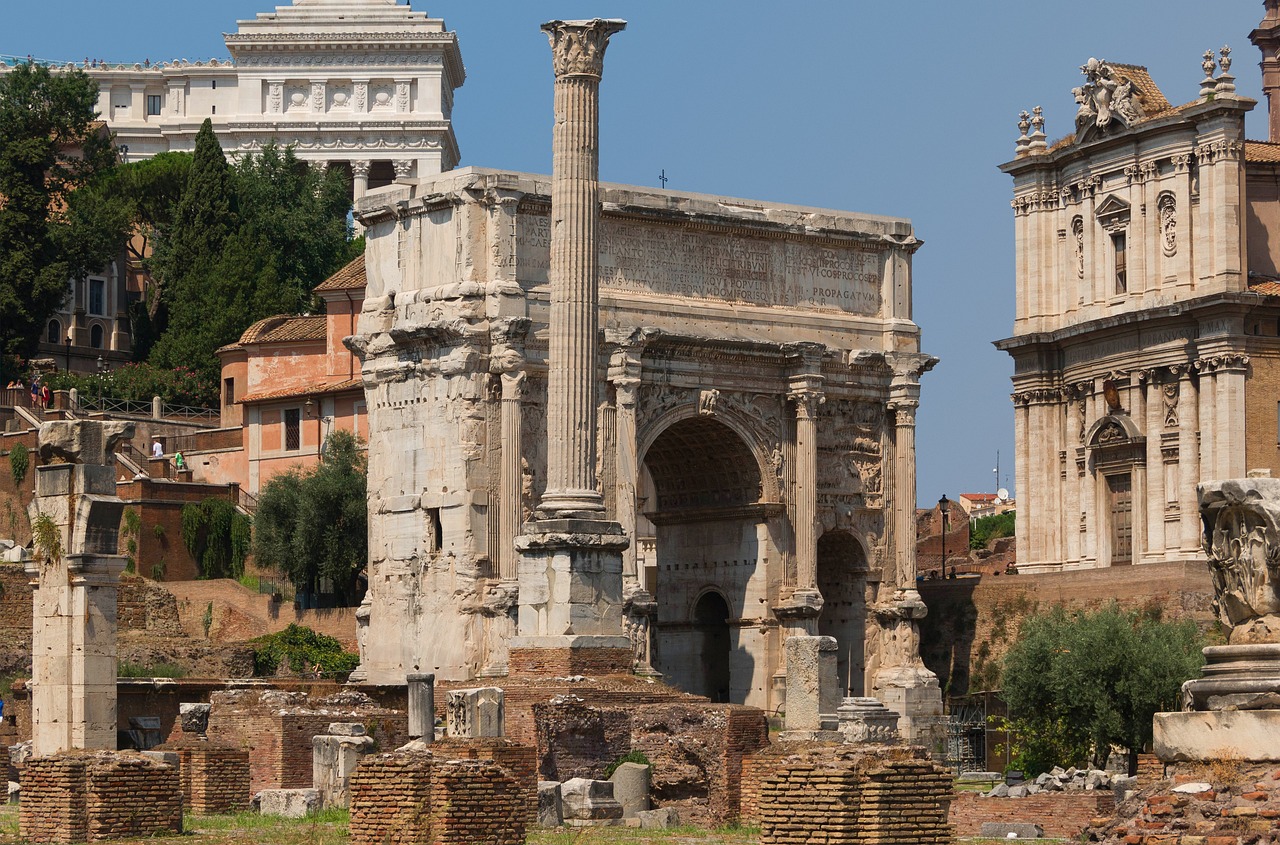
The emperor is seen shaking hands with his sons Caracalla and Geta in the main scene on the arch. The fact that Caracalla is depicted as a tall young man provides a hint as to when the arch was actually completed, which was probably in the early 200s.
7. Arch of Titus
To honor Titus’ triumph in the Sack of Jerusalem in 70 AD, the Roman Emperor Domitian built the Arch of Titus in Rome in 82 AD, not long after the passing of his elder brother Titus. Many of the triumphal arches built since the 16th century, including the Arc de Triomphe, have been based on the Arch of Titus.
8. Timgad Arch
The Roman colonial town of Timgad was established by Trajan in 100 AD in what is now Algeria. Trajan’s Arch (or the Timgad Arch), a 12 meter (39 foot) tall monumental triumphal arch in the world at the western edge of the settlement, was largely repaired in 1900.
Sandstone was mostly used to construct the arch. Smaller columns are made of colorful marble, while the fluted columns are made of beautiful white limestone.
9. Arch of Hadrian at Jerash
Jerash, which was one of the most significant cities in the Roman province of Arabia, was located in northern Jordan. The Romans maintained stability and calm in this region, allowing the locals to develop greatly. In AD 129–130, the emperor Hadrian visited Jerash.
The Hadrian’s Arch was constructed to commemorate his visit. The major Southern entrance to the city was supposed to be this triumphal arch, but the expansion plans were never finished.
10. Arch of Constantine
The Arch of Constantine was built in Rome near to the Colosseum in 315 AD to honor Emperor Constantine I’s victory over Emperor Maxentius. The conflict signaled Constantine’s acceptance to Christianity.
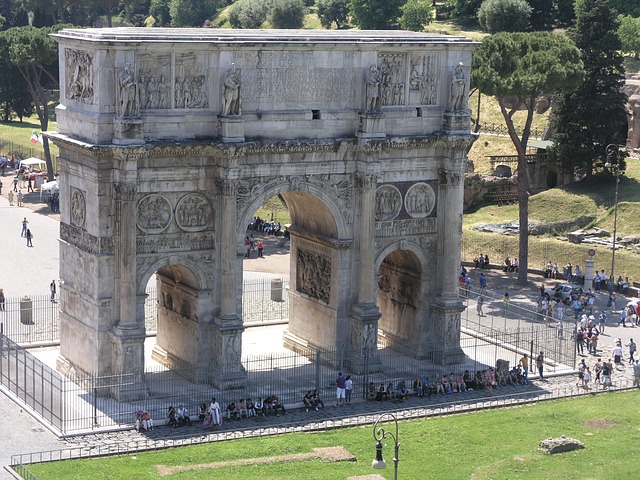
Chroniclers claim that Constantine saw in a vision that if his troops painted the cross on their shields, God would guarantee victory. Constantine’s accomplishment is undoubtedly attributed to divine intervention, yet there is little explicitly Christian symbolism to be seen in the triumphal arch.
11. Arch of Septimius Severus in Rome
To honor the triumphs over the Parthians that Emperor Severus and his two sons achieved, the white marble Septimius Severus Arch was constructed in 203 AD near the northeastern corner of the Roman Forum in Rome. Severus’s sons Caracalla and Geta initially shared the throne as emperors until Caracalla killed Geta in 212 AD. Geta’s monuments were demolished, and the triumphal arch’s inscriptions honoring him were taken out.
12. Arc de Triomphe
Between the Louvre and the Grande Arche de la Défense in the west, this magnificent Arc de Triomphe serves as the focal point of the major east-west road axis in Paris. Napoleon ordered the monument in 1806 following his victory at Austerlitz. Long after his passing, it was ultimately finished in 1836.
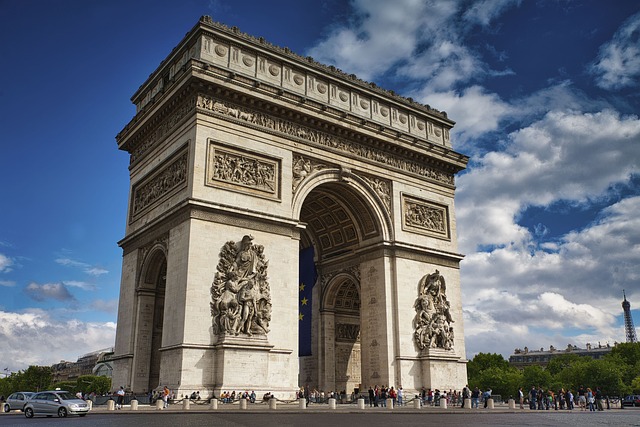
The Germans in 1871, the French in 1918, the Germans in 1940, and the French and Americans in 1944 all participated in spectacular victory marches around or under the Arc.



